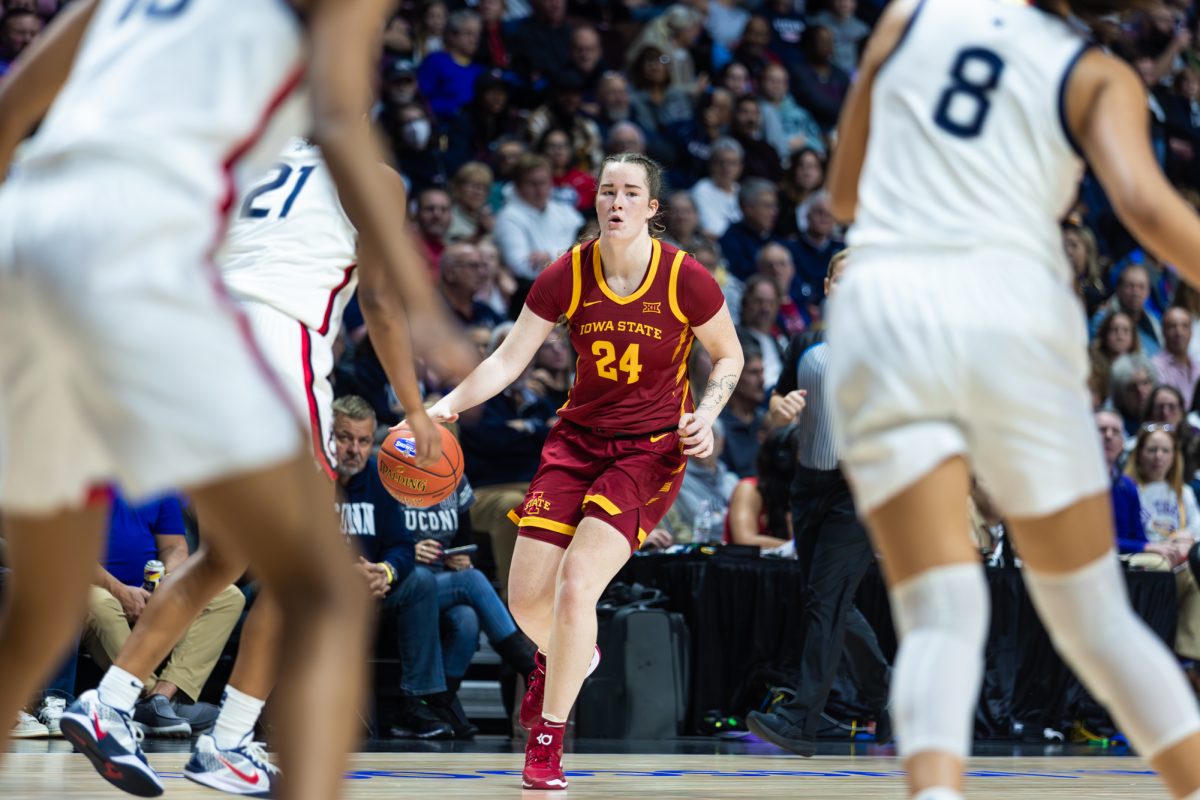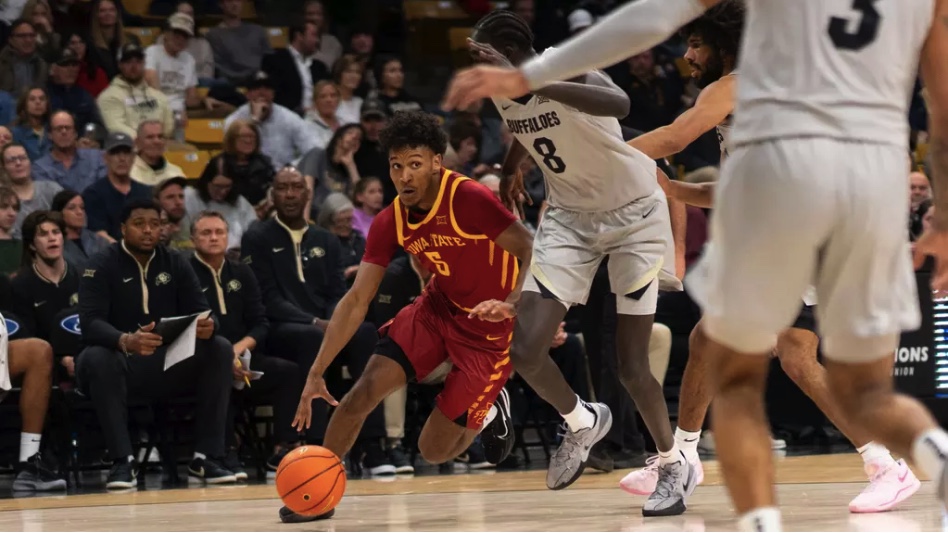Students are at best age to prevent osteoporosis
October 23, 2000
Although osteoporosis is a disease that affects very few college students, now is the best time for people to prevent against the crippling disease, health experts said.
Osteoporosis, characterized by a fragile and porous skeleton, causes bones to break easily, said Julie Gieseman, dietitian at McFarland Clinic, 1215 Duff Ave.
The disease presents the leading health cost for people over 65, said Ruth Litchfield, coordinator for food science and human nutrition.
Age 65 may seem a long way away for most college students, but experts said this is precisely the time to take action against osteoporosis.
Up until age 30, bones still have the ability to add mass, said Deb Atkinson, temporary instructor of health and human performance. After 30, bone mass begins erode at a rate of 1 to 3 percent a year, and “there’s nothing you can do to control it,” Atkinson said.
The two ways to increase bone mass include consuming sufficient calcium and performing weight-bearing exercise, she said.
Calcium is found primarily in dairy products such as milk, yogurt and cheese, Litchfield said. The recommended amount of calcium for men and women ages 19 to 24 is 1,200 milligrams a day, which can be fulfilled by drinking four cups of milk, Litchfield said.
“Few people actually meet this requirement,” she said.
There are many reasons people do not consume enough calcium, Litchfield said. Some restrict dairy products to control their weight, others do not like how dairy products taste and some cannot eat dairy products because they are lactose-intolerant, she said.
Calcium is available in foods other than dairy products, but it is not as easily useful to the body as in dairy products, Litchfield said. For example, the calcium found in dark-green leafy vegetables is bound to other compounds that prevent its absorption into the bone, she said.
Good nondairy sources of calcium include calcium-fortified juices and cereals, tofu processed with calcium, broccoli and canned salmon, Gieseman said.
Caffeine and phosphorus, found in many sodas, can prevent calcium absorption, said Becky Hammitt, dietitian at the ISU Student Wellness Center. “While an occasional can of soda or cup of coffee is not likely to do damage, consuming three or more cups of these beverages a day can have negative effects on your bone mass,” Hammitt said.
Sodas with particularly high amounts of caffeine include Mountain Dew, Pepsi, Coca-Cola and Dr. Pepper, Hammitt said. Excluding Mountain Dew, these sodas are also high in phosphorus, she said. If an urge for a soda arises, it is best to pick clear or fruity sodas or root beer, Hammitt said.
Another critical part of building and maintaining bone mass is exercise, Atkinson said. Weight-bearing exercise, such as running, walking and lifting weights are good ways to do this, she said. When muscle is added, the pressure exerted on each bone is greater, causing the bone to become stronger, she said.
Effective exercises include those that build muscle around the spinal cord such as chest presses, shoulder lifts and jumping rope, she said.
Osteoporosis is more common among some groups of people than others. African-Americans have denser bones than whites and Asians and are less likely to develop osteoporosis. Women who are very small-framed and those with blond hair and a fair complexion are also more at risk, Atkinson said.
Women in general are more likely to have osteoporosis than men, Gieseman said. This is due to their smaller bone structure and because of the decreased amount of estrogen, a hormone that enhances calcium absorption, present after menopause, Gieseman said.
Young women who have stopped having their menstrual cycle are susceptible to getting osteoporosis at an early age because their hormone levels are identical to those of post-menopausal women, Atkinson said.
The rate of osteoporosis is expected to increase dramatically over the next few decades, Atkinson said. This is largely due to the increased aging population, she said.
Because bone loss is inevitable, Atkinson said, it is important to take advantage of the “window of opportunity” students have before their thirties.
“The more calcium you consume, the more exercise you get, the better off you are,” she said. “You would rather start subtracting from a large amount than a small one.”






